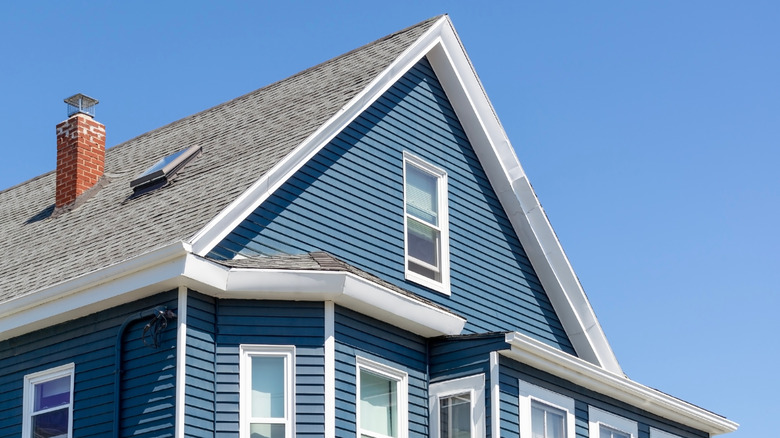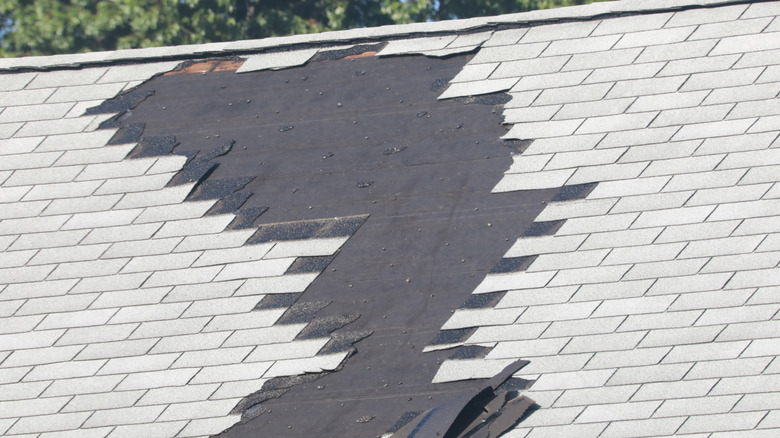Drawbacks Of Having A Gable Roof That You Probably Haven't Considered
If you look at the homes in your area, chances are that most of them will have gable roofs. A gable-style roof is one of the most common types you'll see in the U.S. because of its many advantages. Not only is it considered stylish, with two planes that meet in a ridge at the top, but a gable roof also provides good ventilation and effective drainage in times of heavy precipitation. However, before buying or building a home with a gable roof, you must consider the disadvantages of this roofing style. The main drawbacks of a gable roof include reduced usable attic space and a lack of resistance against high winds.
Generally, gable roofs are not expensive or complicated to build. However, if you're accustomed to using your attic space as an additional room in your home, a gable roof might make this a bit more complicated. Due to its dramatic vertical planes and the central ridge, the attic space created by a gable roof might be too cramped to use as an additional bedroom, workspace, or play area. If you are planning to buy a home with this roof style, you might be able to use the attic space for storage, but not as a place you could easily stand up and move around in the way you would with a gambrel or mansard style roof.
Gable roofs don't stand up well to high winds
One of the greatest disadvantages of a gable roof is its inability to hold up against extreme wind events, such as those caused by severe thunderstorms, tornadoes, and hurricanes. This weakness has to do with the roof's two-sided design, which can draw in an amplify oncoming winds. Strong wind events can result in a loss of shingles, and in some cases, they can even rip a gable roof right off the home's structure.
If a gable roof does sustain wind damage, you may need to replace shingles at the very least. Over time, wind-related repairs can add up in both cost and hassle. However, you can help your gable roof withstand high winds to a certain extent by investing in quality shingles and proper structural supports. Likewise, opt for shingles made from metal or asphalt, or perhaps even ceramic roof tiles. These steps may be able to provide added support in the case of an extreme wind event. However, if you live in a hurricane-prone area — for example, in regions along the Gulf Coast or the Atlantic Ocean — you might want to consider a hip roof style instead. Hip roofs offer greater wind resilience thanks to their pyramid-like configuration, which braces the individual planes and keeps them more stable.

